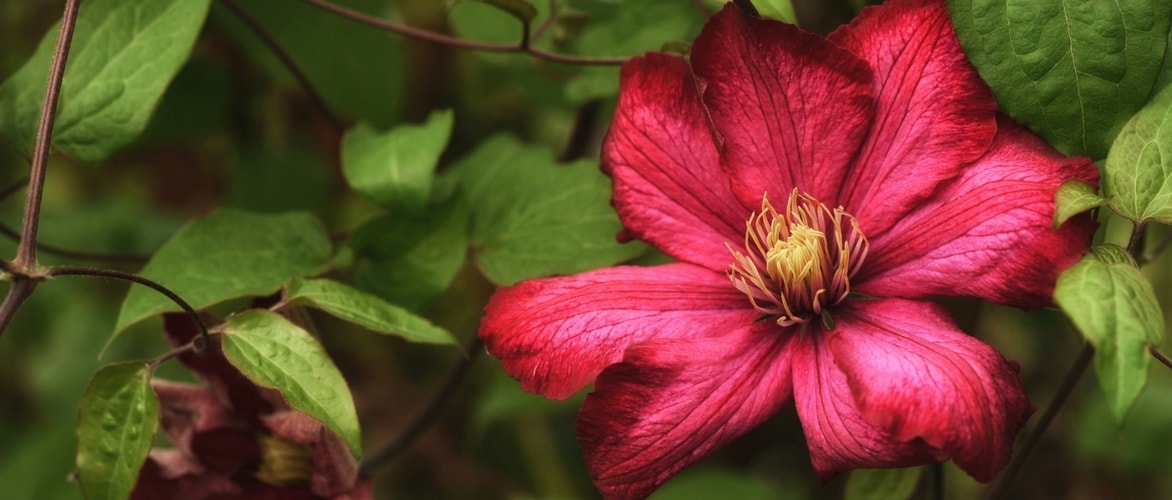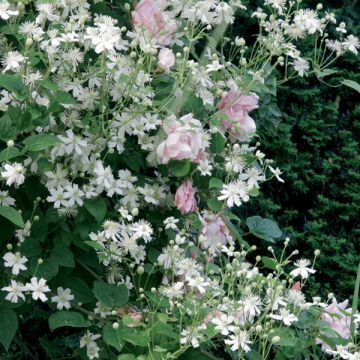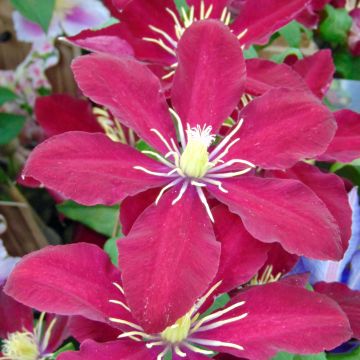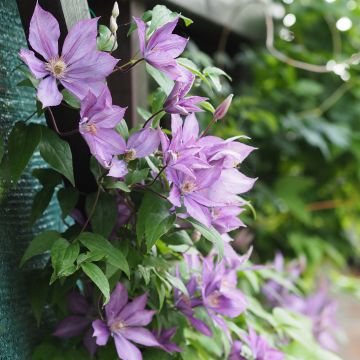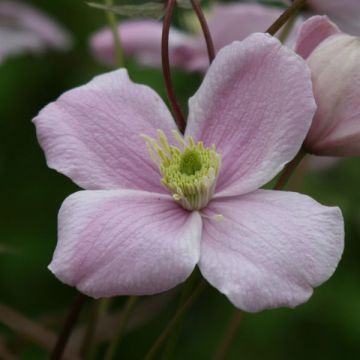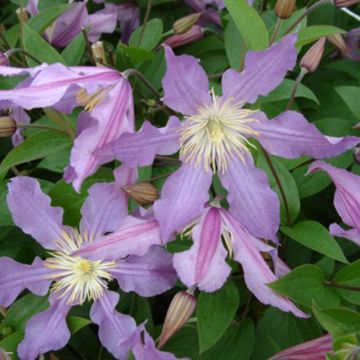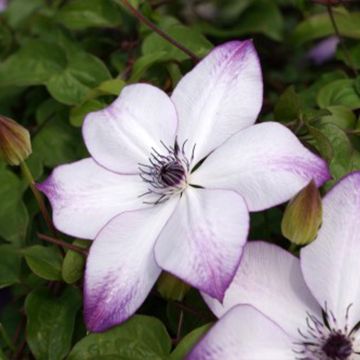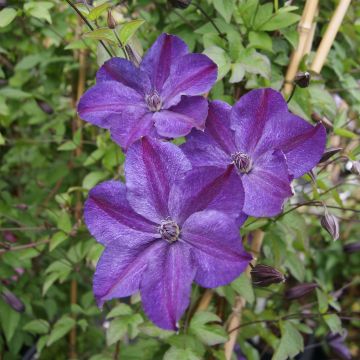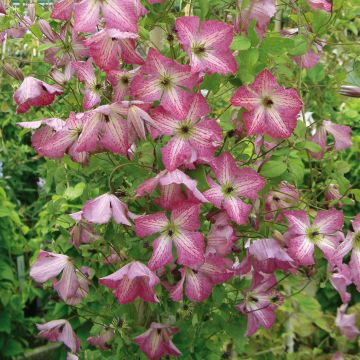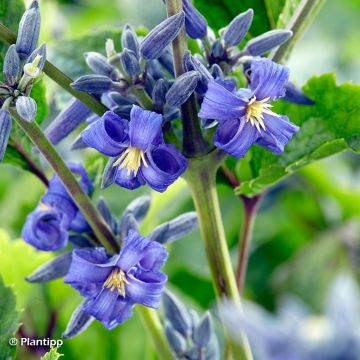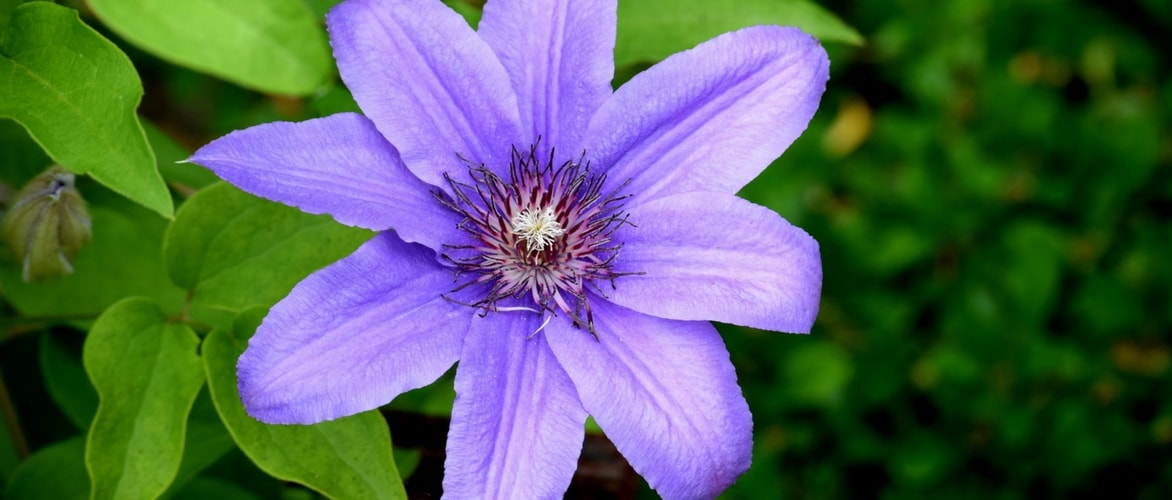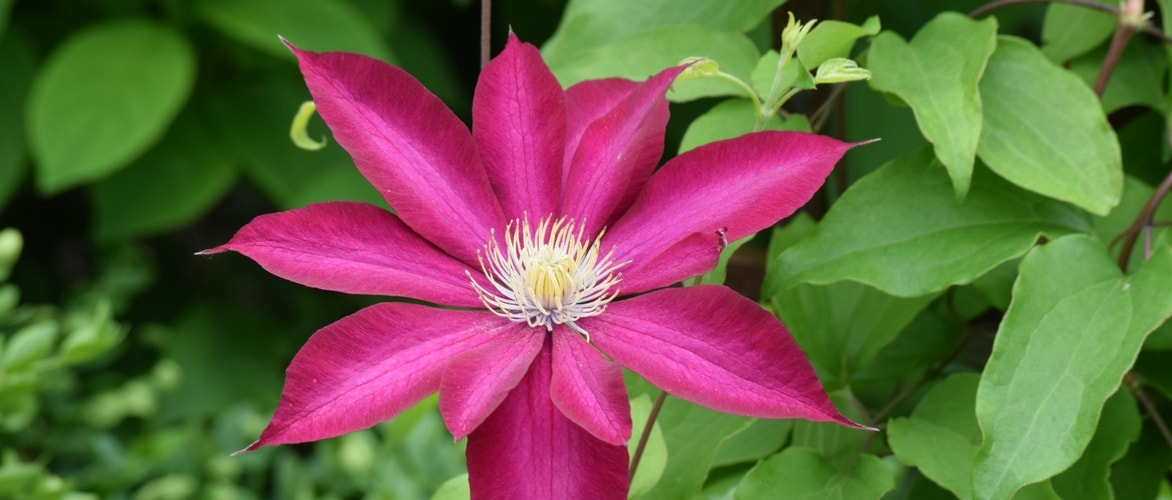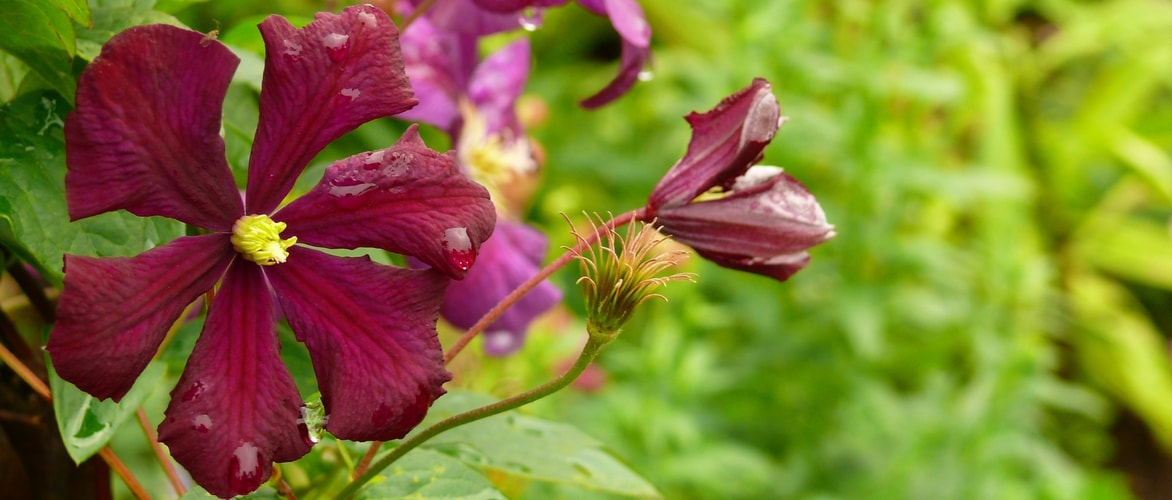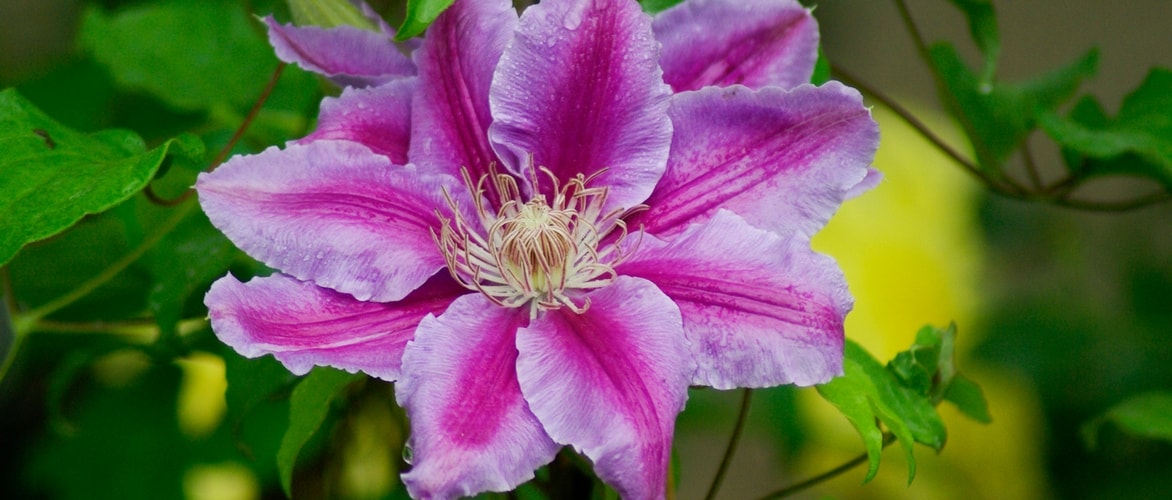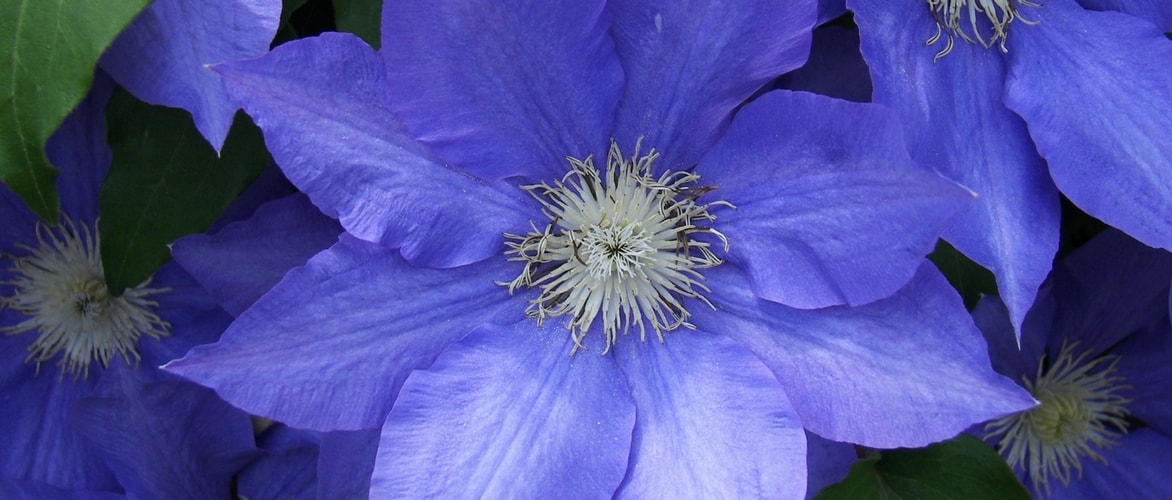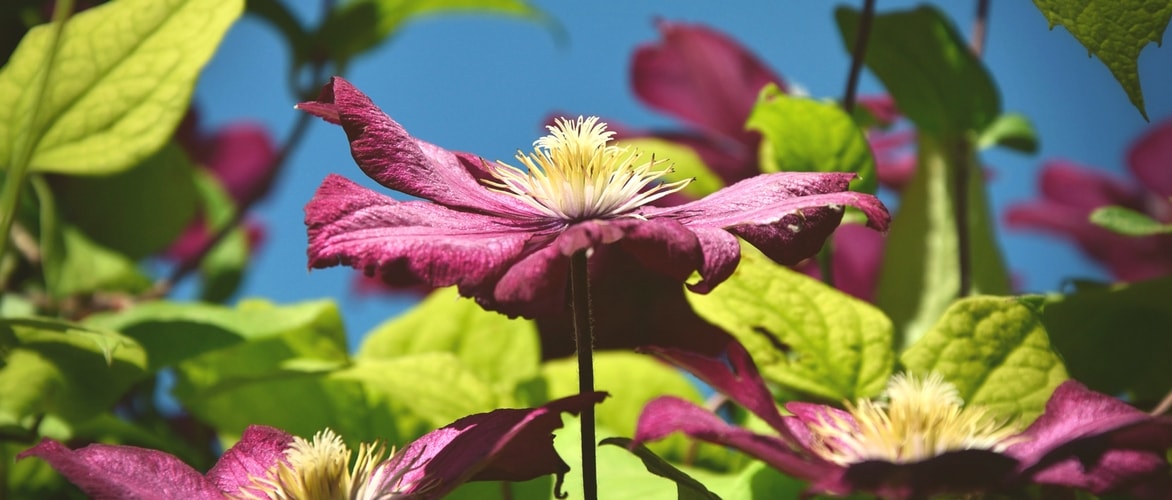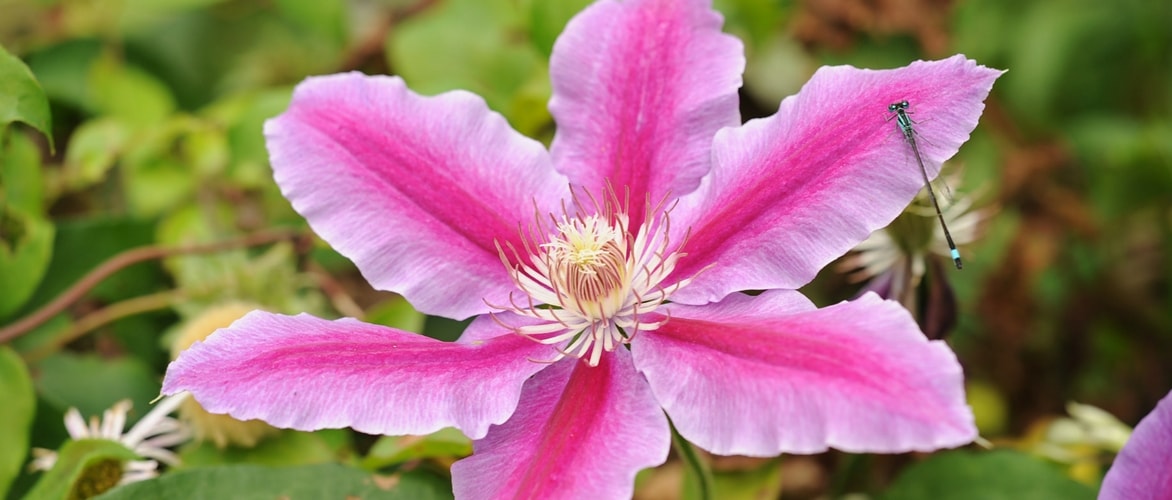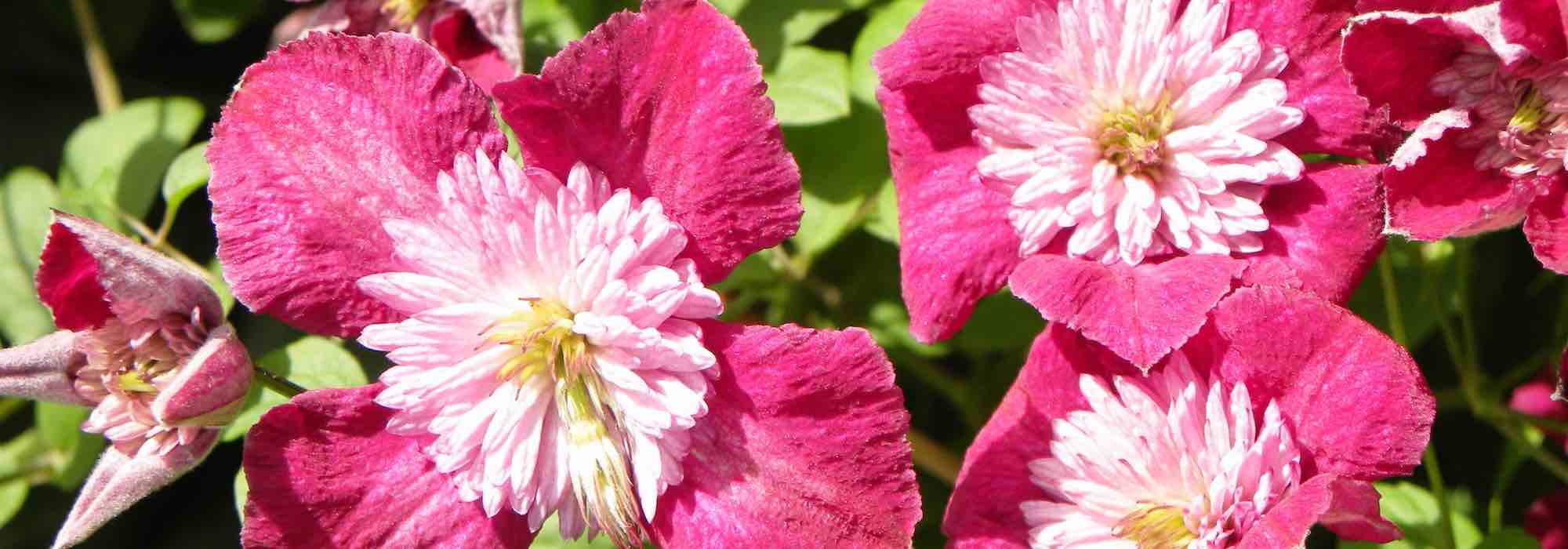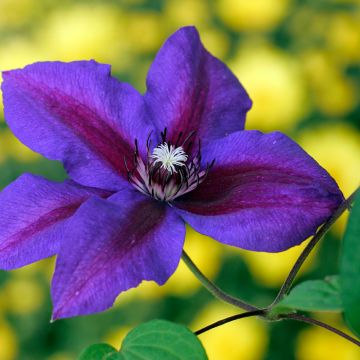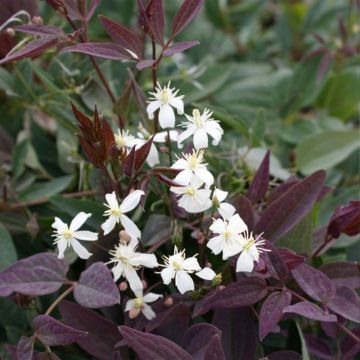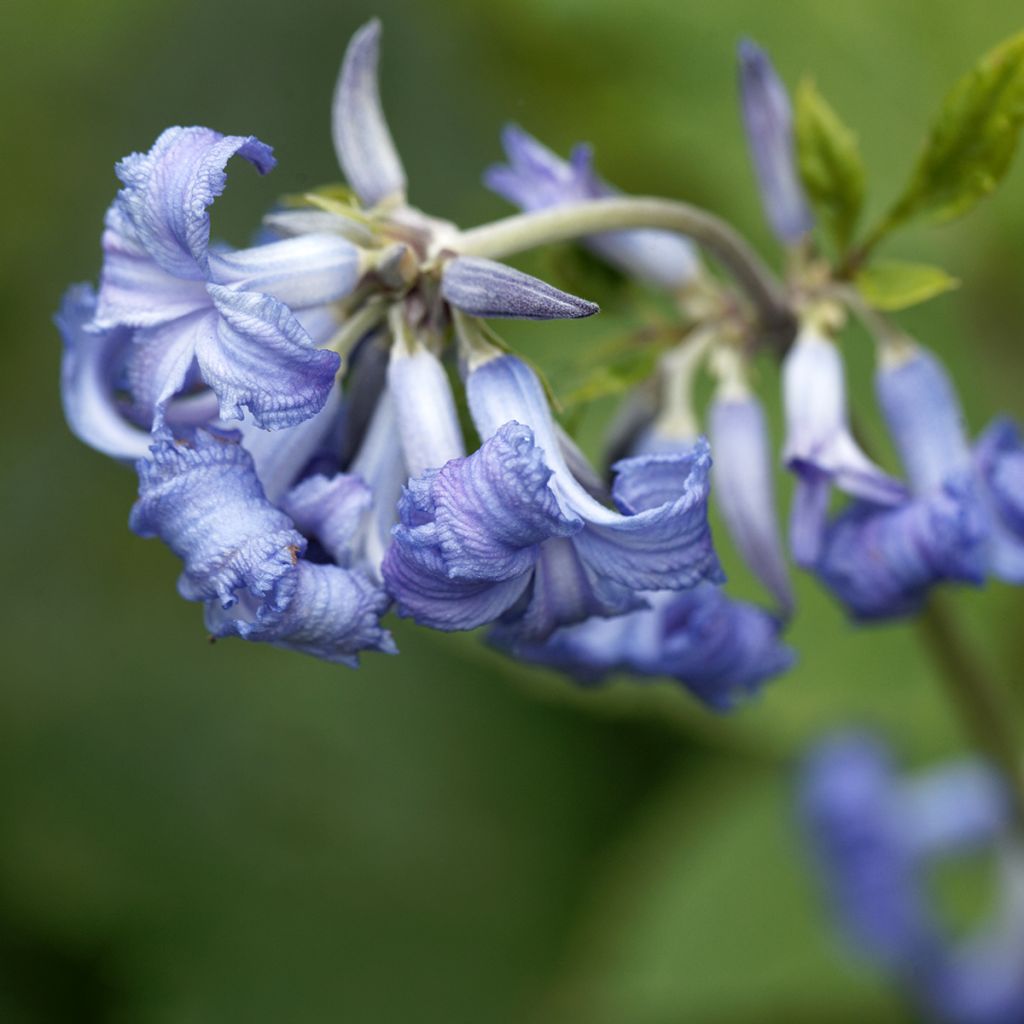

Clematis heracleifolia
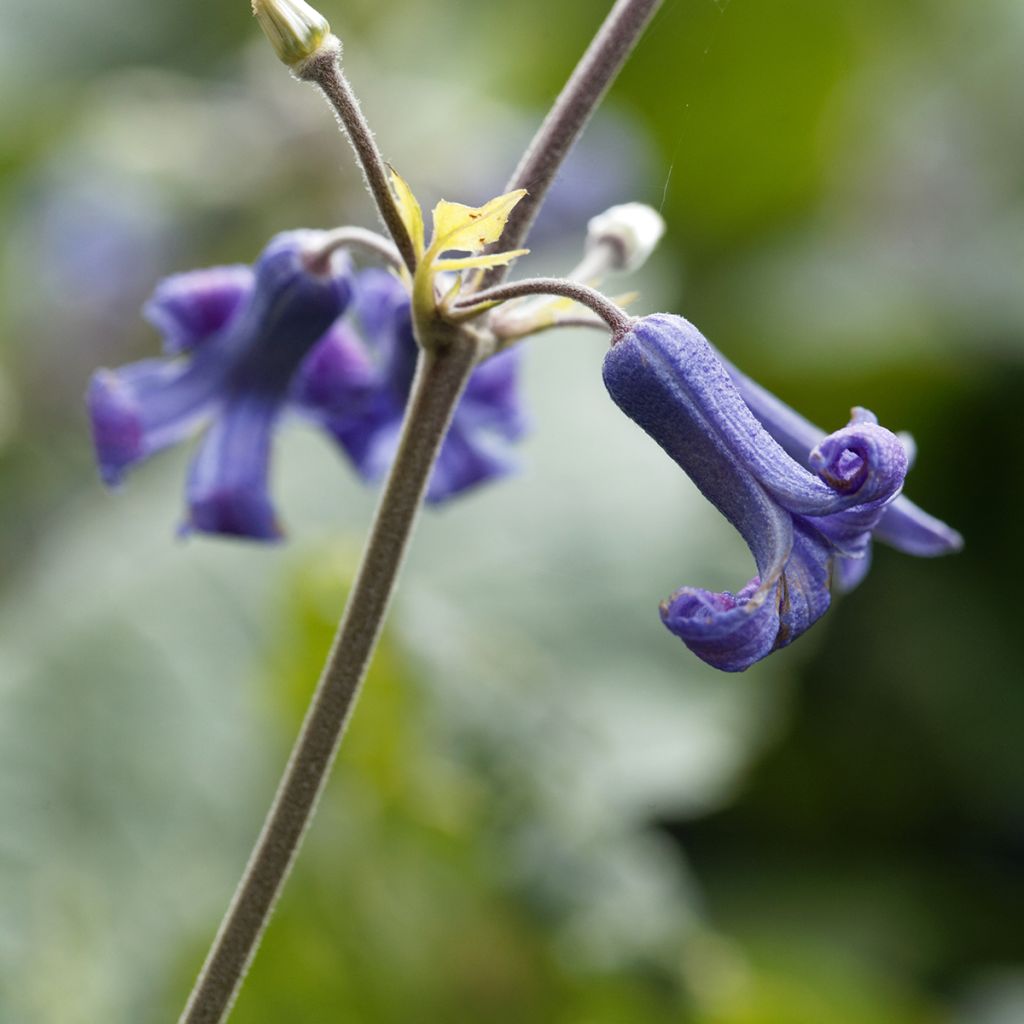

Clematis heracleifolia
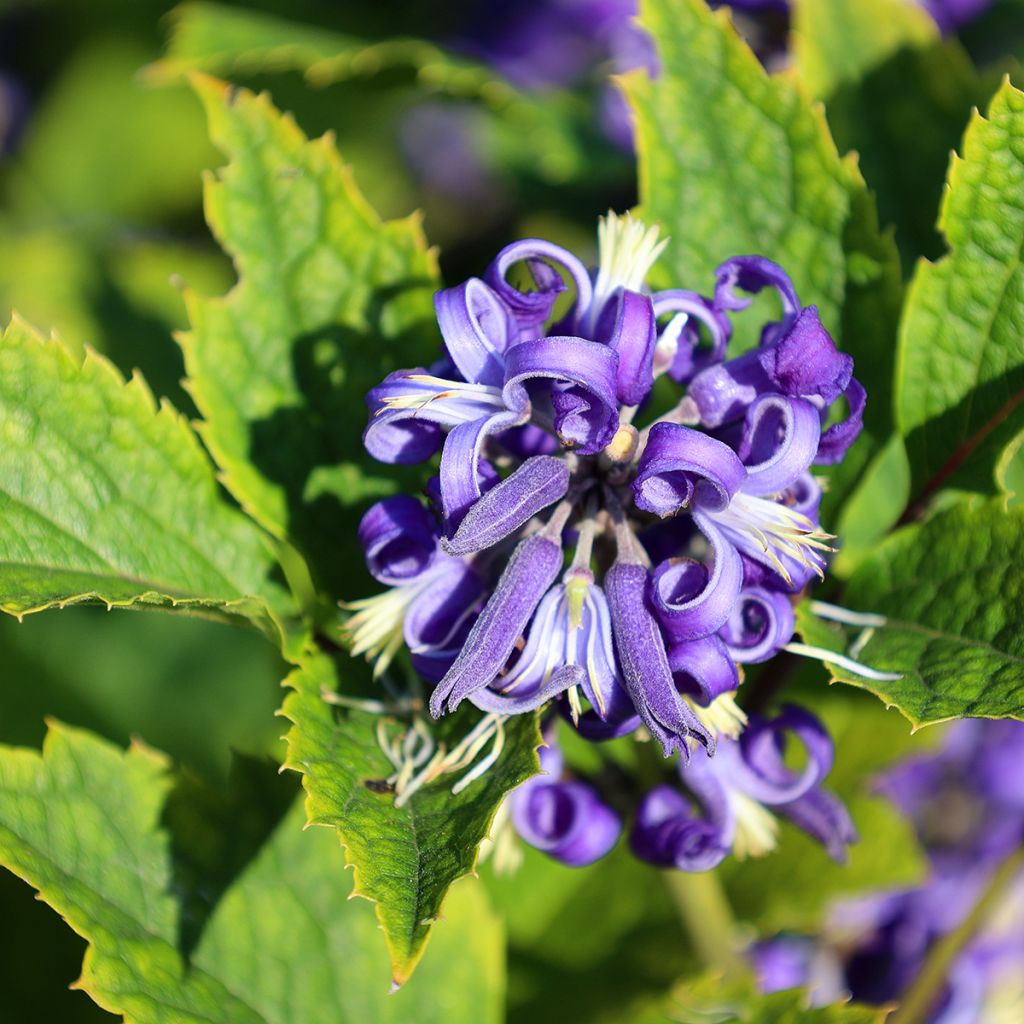

Clematis heracleifolia
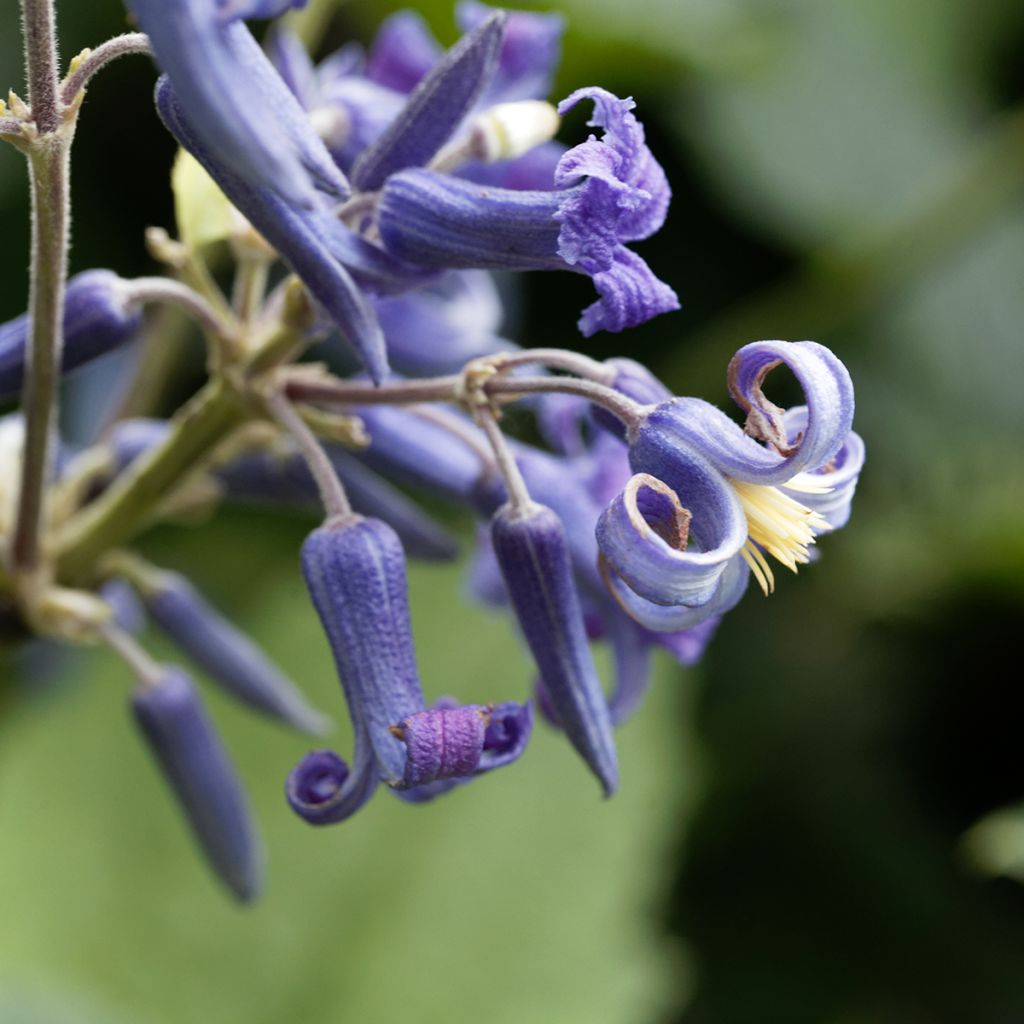

Clematis heracleifolia
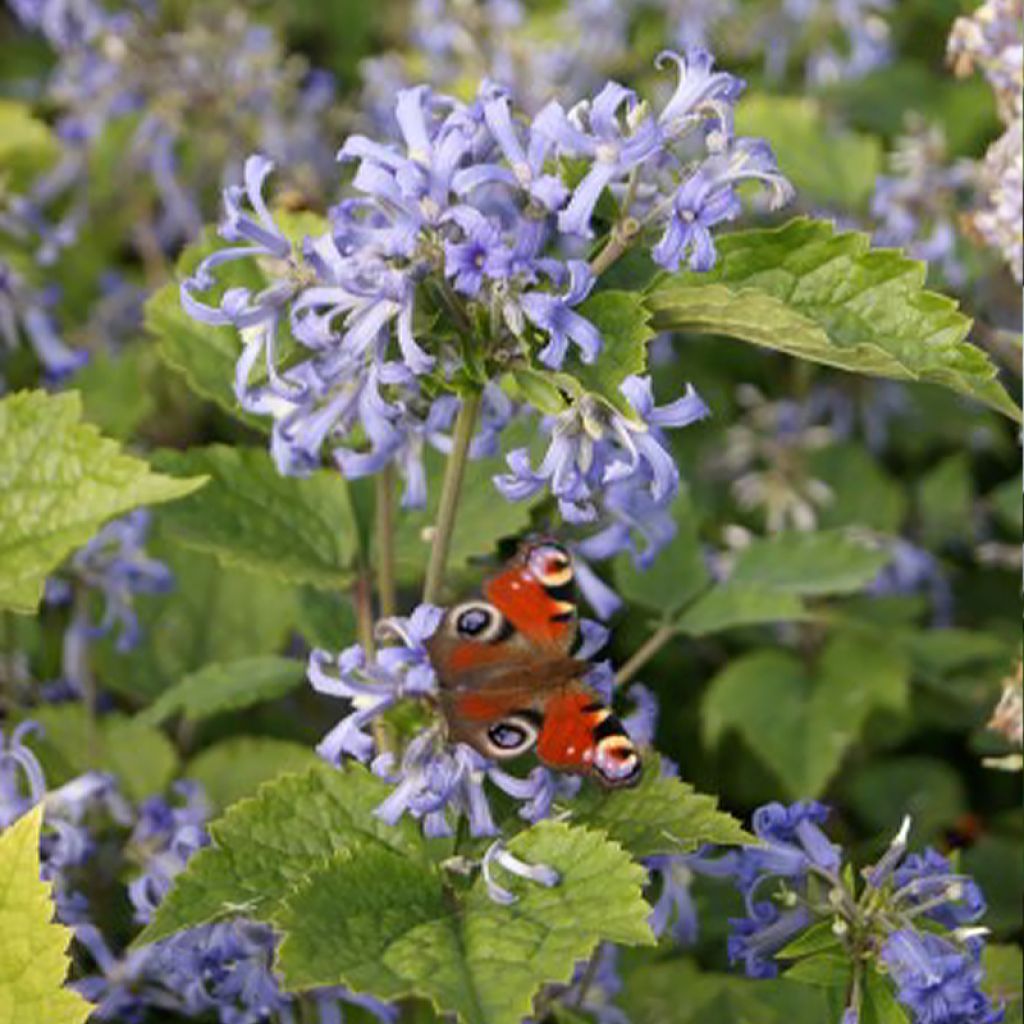

Clematis heracleifolia
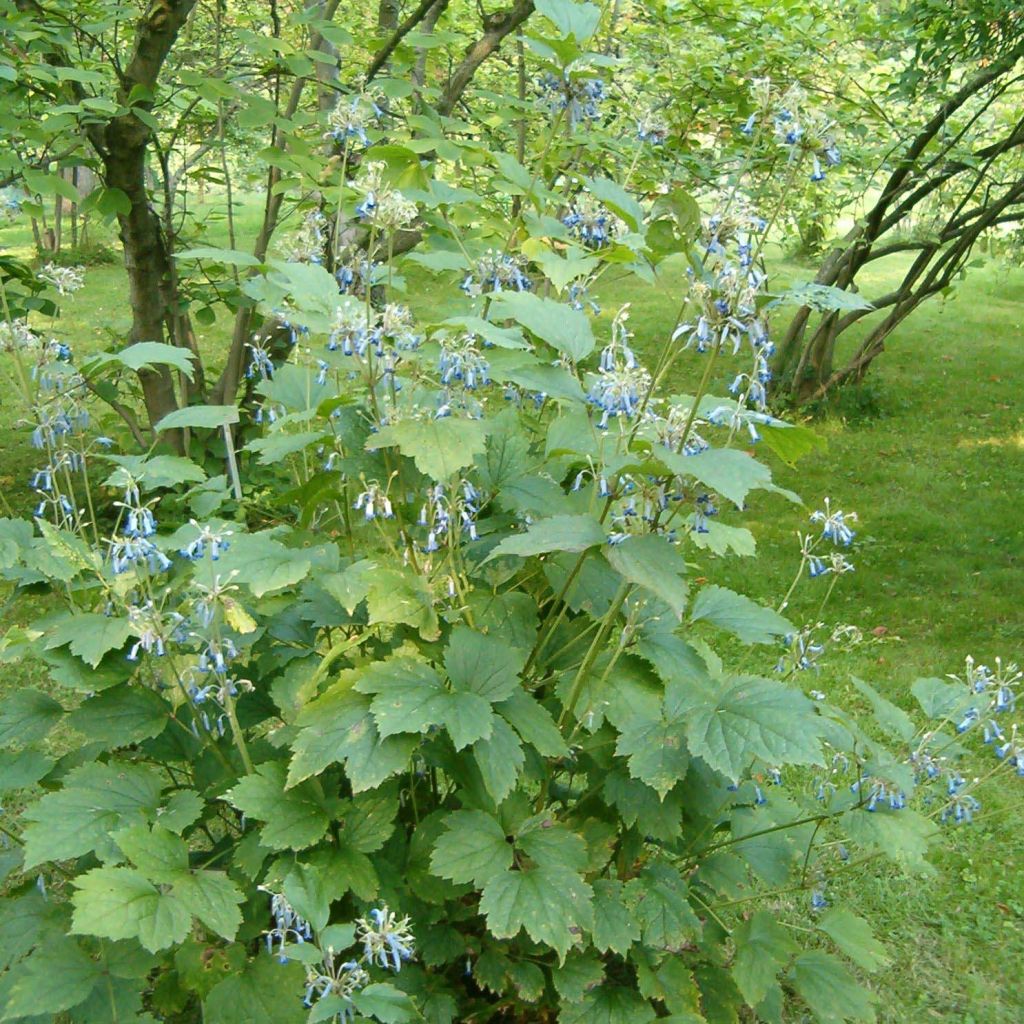

Clematis heracleifolia
Clematis heracleifolia
Clematis heracleifolia
Hogweed clematis
Good recovery; the flowers are very small; to be continued when it has reached its full development.
Michèle, 07/11/2021
Special offer!
Receive a €20 voucher for any order over €90 (excluding delivery costs, credit notes, and plastic-free options)!
1- Add your favorite plants to your cart.
2- Once you have reached €90, confirm your order (you can even choose the delivery date!).
3- As soon as your order is shipped, you will receive an email containing your voucher code, valid for 3 months (90 days).
Your voucher is unique and can only be used once, for any order with a minimum value of €20, excluding delivery costs.
Can be combined with other current offers, non-divisible and non-refundable.
Home or relay delivery (depending on size and destination)
Schedule delivery date,
and select date in basket
This plant carries a 6 months recovery warranty
More information
We guarantee the quality of our plants for a full growing cycle, and will replace at our expense any plant that fails to recover under normal climatic and planting conditions.

Does this plant fit my garden?
Set up your Plantfit profile →
Description
Clematis heracleifolia, also known as C. davidiana, is a Chinese botanical species that is very different from the large-flowered vines that populate the imagination of many gardeners. This superb perennial has semi-herbaceous vegetation and semi-evergreen foliage. It bears an abundance of fragrant clusters consisting of sky-blue bell-shaped flowers. They are borne on upright stems covered with large velvety greenish-grey leaves. This curious clematis blooms in autumn, at the same time as asters and sunflowers. It thrives in cold and humid climates and heavy, clay soils.
The genus Clematis belongs to the Ranunculaceae family. Clematis heracleifolia is an herbaceous botanical species with a woody base, native to China. It is a bushy and low-climbing perennial plant, forming a clump of upright and semi-spreading angular stems, which make it approximately 60cm (24in) wide. Pruned back to 30cm (12in) each year, the old stems lignify and branch out, while the new stems bear beautiful dark greenish-grey leaves with three large leaflets, giving it a bushy appearance. In September-October, long flowering stems emerge, reaching a height of 80cm (32in) to 1m (3ft). The inflorescences are whorls of small flowers that are inclined towards the ground, shaped like elongated bells, 2 to 3cm (1in) long, and gathered in clusters. They are fragrant and composed of 4 petals that are strongly curled at their tips. They are sky-blue in colour with a throat of cream-white stamens. When they fade, the fruits form small green and silvery plumes, characteristic of clematis, but their ball-shaped arrangement around the stem enhances the decorative effect. The plant takes a little time to establish itself, rooting deeply in the soil before showing exponential growth in the following years. This clematis prefers partially shaded, non-scorching locations, as well as consistently moist soil.
The surprising Clematis heracleifolia brings a breath of fresh air to autumn flower beds, as the summer blooms fade away. Plant it alongside repeat-flowering roses to accompany their final bloom and fill in their bare base. The combination with ornamental apple trees (Malus 'Everest' or M. 'Van Eseltine') is also charming. Clematis represents a genus rich in diversity, with flowers of all colours, shapes, and sizes. Take advantage of their easy cultivation to give your garden a romantic and bohemian touch. It will be perfectly happy in a pot on a balcony or in a flower bed overrun with perennial peas, variegated ivy, and small-flowered periwinkles. It extends the summer season, blending so easily with other perennial plants or even grasses (Schizachyrium scoparium, Miscanthus sinensis 'Adagio') in the garden or in bouquets.
Clematis heracleifolia in pictures
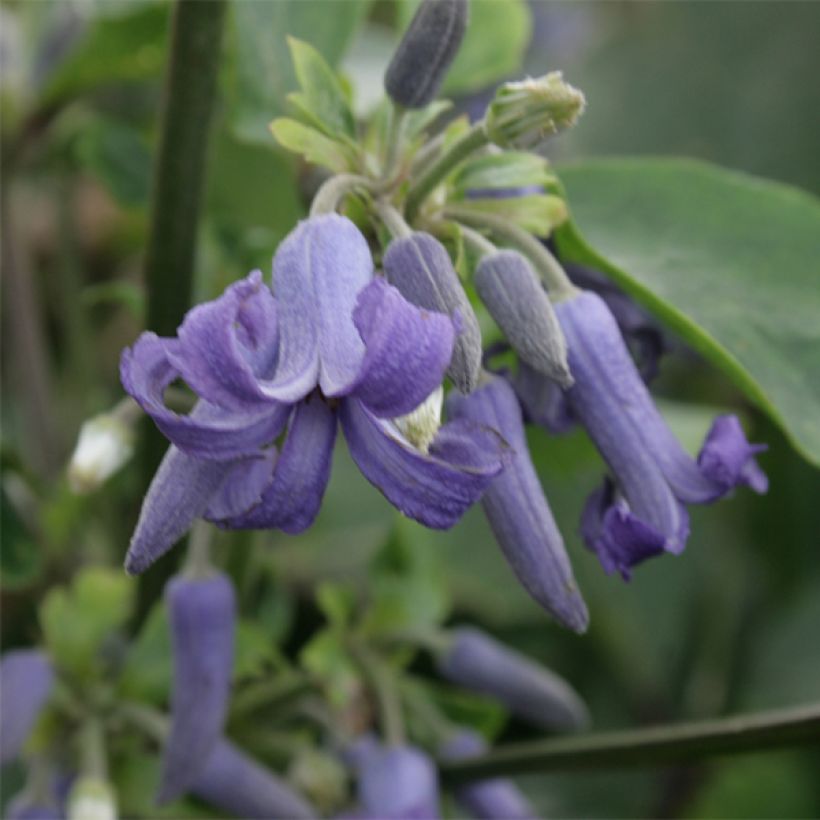

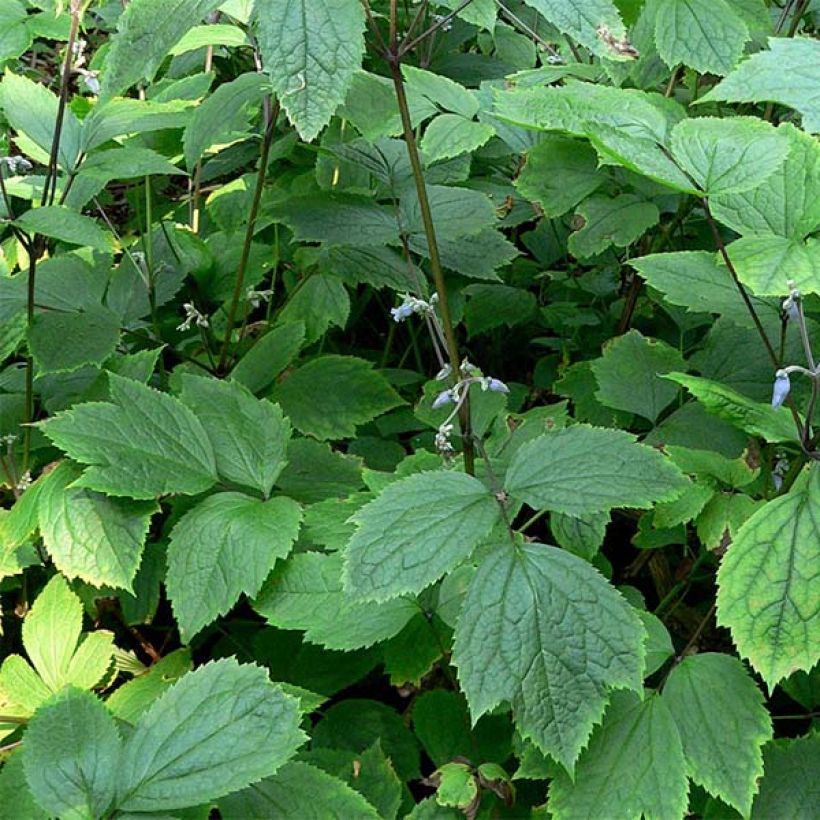

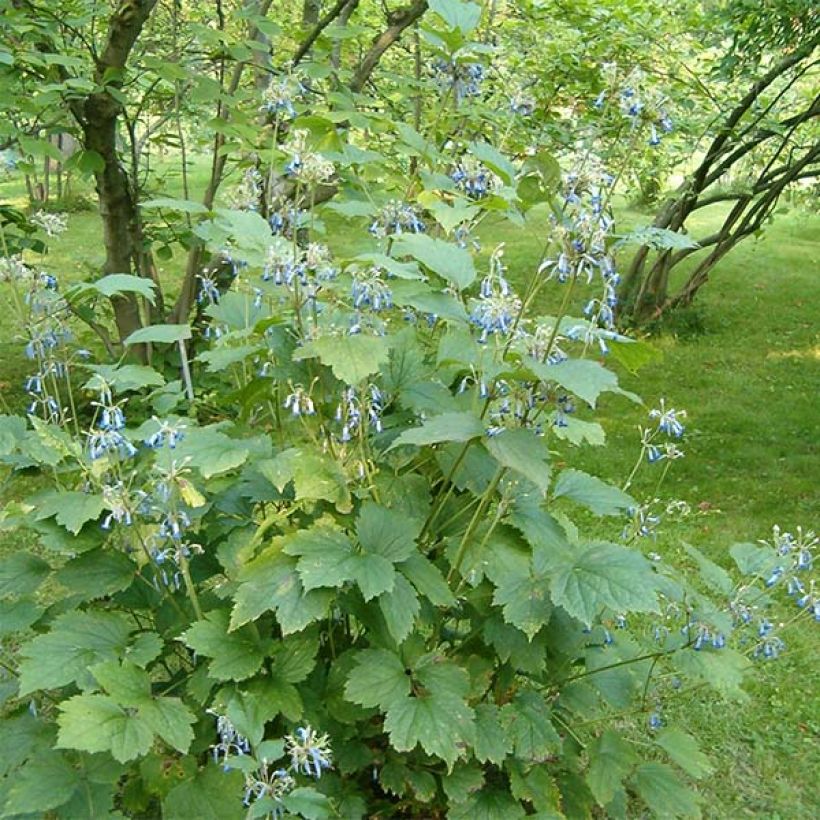

Plant habit
Flowering
Foliage
Botanical data
Clematis
heracleifolia
Ranunculaceae
Hogweed clematis
China
Other Clematis A to Z
View all →Planting and care
It thrives in cold and humid climates, which are necessary for its flowering. It prefers deep, clay-rich soils that are consistently moist but properly loosened. This variety does not tolerate drought or excessively wet soils well. It prefers partial shade, but requires plenty of light to flower properly. However, this plant fears direct, scorching sunlight. Plant the root ball 7 to 8cm (3in) below ground level to encourage new shoots to emerge from the base of the plant. Sometimes slow to establish, it deeply roots itself before taking off. It is a trouble-free and long-lasting perennial.
In spring, before vegetation starts, prune the stems to 20 or 30cm (8 or 12in) in height, leaving 1 or 2 buds on the lignified stems. This severe pruning helps maintain a beautiful rounded shape and keeps the habit dense and compact. The pruned stems make excellent cuttings: sections with 3 buds should be planted directly in garden soil. They root quite easily.
If grown in a pot, use a substrate based on topsoil.
Planting period
Intended location
Care
Planting & care advice
-
, onOrder confirmed
Reply from on Promesse de fleurs
Similar products
Haven't found what you were looking for?
Hardiness is the lowest winter temperature a plant can endure without suffering serious damage or even dying. However, hardiness is affected by location (a sheltered area, such as a patio), protection (winter cover) and soil type (hardiness is improved by well-drained soil).

Photo Sharing Terms & Conditions
In order to encourage gardeners to interact and share their experiences, Promesse de fleurs offers various media enabling content to be uploaded onto its Site - in particular via the ‘Photo sharing’ module.
The User agrees to refrain from:
- Posting any content that is illegal, prejudicial, insulting, racist, inciteful to hatred, revisionist, contrary to public decency, that infringes on privacy or on the privacy rights of third parties, in particular the publicity rights of persons and goods, intellectual property rights, or the right to privacy.
- Submitting content on behalf of a third party;
- Impersonate the identity of a third party and/or publish any personal information about a third party;
In general, the User undertakes to refrain from any unethical behaviour.
All Content (in particular text, comments, files, images, photos, videos, creative works, etc.), which may be subject to property or intellectual property rights, image or other private rights, shall remain the property of the User, subject to the limited rights granted by the terms of the licence granted by Promesse de fleurs as stated below. Users are at liberty to publish or not to publish such Content on the Site, notably via the ‘Photo Sharing’ facility, and accept that this Content shall be made public and freely accessible, notably on the Internet.
Users further acknowledge, undertake to have ,and guarantee that they hold all necessary rights and permissions to publish such material on the Site, in particular with regard to the legislation in force pertaining to any privacy, property, intellectual property, image, or contractual rights, or rights of any other nature. By publishing such Content on the Site, Users acknowledge accepting full liability as publishers of the Content within the meaning of the law, and grant Promesse de fleurs, free of charge, an inclusive, worldwide licence for the said Content for the entire duration of its publication, including all reproduction, representation, up/downloading, displaying, performing, transmission, and storage rights.
Users also grant permission for their name to be linked to the Content and accept that this link may not always be made available.
By engaging in posting material, Users consent to their Content becoming automatically accessible on the Internet, in particular on other sites and/or blogs and/or web pages of the Promesse de fleurs site, including in particular social pages and the Promesse de fleurs catalogue.
Users may secure the removal of entrusted content free of charge by issuing a simple request via our contact form.
The flowering period indicated on our website applies to countries and regions located in USDA zone 8 (France, the United Kingdom, Ireland, the Netherlands, etc.)
It will vary according to where you live:
- In zones 9 to 10 (Italy, Spain, Greece, etc.), flowering will occur about 2 to 4 weeks earlier.
- In zones 6 to 7 (Germany, Poland, Slovenia, and lower mountainous regions), flowering will be delayed by 2 to 3 weeks.
- In zone 5 (Central Europe, Scandinavia), blooming will be delayed by 3 to 5 weeks.
In temperate climates, pruning of spring-flowering shrubs (forsythia, spireas, etc.) should be done just after flowering.
Pruning of summer-flowering shrubs (Indian Lilac, Perovskia, etc.) can be done in winter or spring.
In cold regions as well as with frost-sensitive plants, avoid pruning too early when severe frosts may still occur.
The planting period indicated on our website applies to countries and regions located in USDA zone 8 (France, United Kingdom, Ireland, Netherlands).
It will vary according to where you live:
- In Mediterranean zones (Marseille, Madrid, Milan, etc.), autumn and winter are the best planting periods.
- In continental zones (Strasbourg, Munich, Vienna, etc.), delay planting by 2 to 3 weeks in spring and bring it forward by 2 to 4 weeks in autumn.
- In mountainous regions (the Alps, Pyrenees, Carpathians, etc.), it is best to plant in late spring (May-June) or late summer (August-September).
The harvesting period indicated on our website applies to countries and regions in USDA zone 8 (France, England, Ireland, the Netherlands).
In colder areas (Scandinavia, Poland, Austria...) fruit and vegetable harvests are likely to be delayed by 3-4 weeks.
In warmer areas (Italy, Spain, Greece, etc.), harvesting will probably take place earlier, depending on weather conditions.
The sowing periods indicated on our website apply to countries and regions within USDA Zone 8 (France, UK, Ireland, Netherlands).
In colder areas (Scandinavia, Poland, Austria...), delay any outdoor sowing by 3-4 weeks, or sow under glass.
In warmer climes (Italy, Spain, Greece, etc.), bring outdoor sowing forward by a few weeks.






























